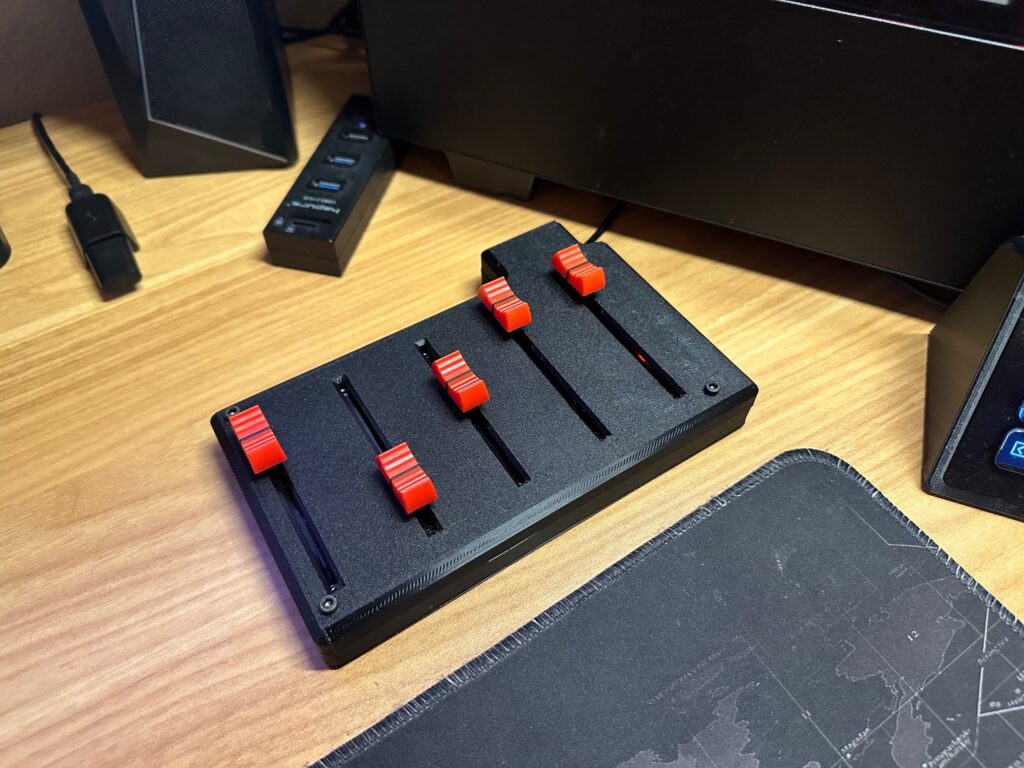
A few weeks back the Linus Tech Tips YouTube channel released a video about some handy tech under $100. One of the biggest highlights was a volume mixer that was a small DIY project.
The project comes from Omriharel over on GitHub. Its called Deej. Deej is a open- source hardware volume mixer for Windows and Linux PCs. It’s very helpful for people like me who run so many different programs like Spotify, Discord, YouTube videos and games all running at the same time, all fighting for my attention. It allows me to tune the volume from these specific programs separately so I can focus on one at a time without having to go into each program.
Linus’s video does a really good job of explaining the process of building the mixer so I wont be going in depth with that but I will point out some differences in how I did mine.
My parts list was similar to LTT, I went with some parts from Amazon.
- Arduino Nano (These do work, but if you’re using LTT’s 3D printed case like I did, it wont fit properly.)
- 5pcs 10K Logarithmic Slide Potentiometer (Work fine. I just opted to remove the pins and solder directly to them.)
- LTT 3D printed case (I decided to print this myself, but you can find many other designs on Thingiverse or Printables.)
- Wire (You can use any wire. This is just what I had sitting around from another project.)
I flashed my Arduino Nano using this INO file. I didn’t need to modify it because i wired mine up just like this diagram.

I didn’t make a rail like shown in the diagram. I decided to double up my wires on each potentiometer for a clean wire setup. I also had to have the USB C permanently attached to the mixer because my Arduino Nano was a bit to big to sit in the area of the case provisioned for it.

I setup my software configuration exactly like LTT did in their video. I also added the Deej program to startup so I wont have to open it every time I turn on my PC.
The sliders came with yellow caps. That was clashing with the theme of my setup so I ordered some red caps. I’ve only been using it for about a week at the time of writing this, but I’ve grown accustom to adjusting it when using my PC.
